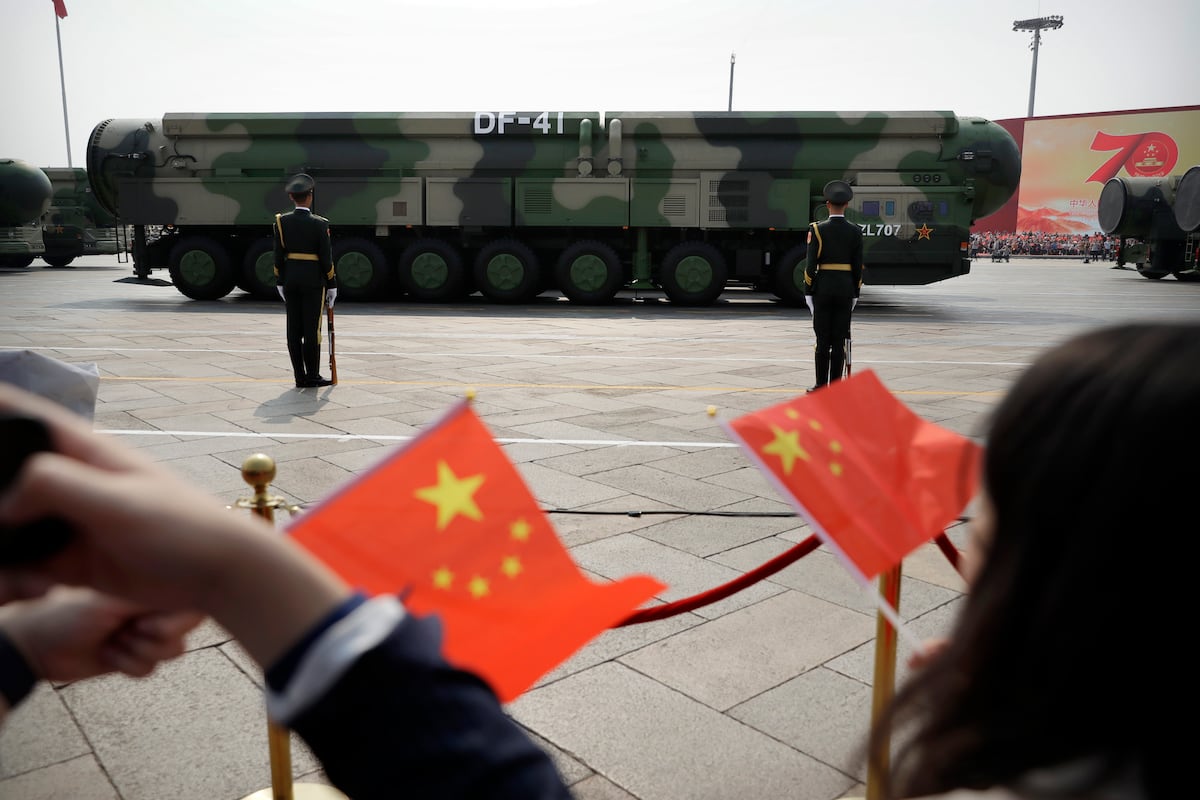U.S. Nuclear Submarine Technology Transfer to South Korea
Overview of the Initiative
In recent discussions, the United States has signaled its willingness to share advanced nuclear submarine technology with South Korea. This announcement was made by President Donald Trump via social media following a strategic meeting with South Korean President Lee Jae Myung. The initiative reflects a growing emphasis on military modernization and collaboration between the two allies.
Objectives of the Partnership
President Lee highlighted the importance of revitalizing the U.S.-South Korea alliance, proposing an increase in military expenditures to alleviate the financial responsibilities borne by the United States. He clarified that discussions regarding nuclear submarines had previously been misconstrued, asserting that South Korea’s interest lies in obtaining nuclear fuel rather than developing nuclear weapons.
Strategic Benefits
- Enhanced Regional Security: The acquisition of nuclear-powered submarines could fortify U.S. military operations in the Asia-Pacific region. This enhancement would serve as a counterbalance to regional adversaries.
- Economic Investment: South Korea has pledged an investment of $150 billion aimed at bolstering U.S. shipbuilding capacity, thus fostering economic collaboration alongside military advancement.
Technical and Economic Considerations
While the specific dimensions and financial implications of the submarine project remain undefined, Trump indicated that construction would take place at the Philadelphia Shipyard, recently acquired by South Korea’s Hanwha Group.
U.S. nuclear submarine technology is among the most classified assets in military operations, heavily safeguarded from foreign access. The broader implications of this technology transfer suggest a significant shift in U.S. policy, especially when contrasted with recent cooperative agreements with allies like the United Kingdom and Australia, which did not involve direct technology transfer.
Geopolitical Context
This development occurs against a backdrop of escalating tensions in Northeast Asia. Notably, North Korea recently unveiled its own nuclear submarine, a military capability that could pose a substantial threat to both South Korea and the U.S. Additionally, China’s military posture, characterized by its possession of nuclear submarines, underscores the necessity for enhanced deterrence measures within the region.
As Trump prepares for forthcoming discussions with Chinese President Xi Jinping, the sharing of submarine technology could serve as a strategic leverage point in broader geopolitical negotiations.
Recent Developments in North Korea
Amid these deliberations, North Korea has conducted successful tests of cruise missiles, showcasing its advancing military capabilities. These developments add urgency to South Korea’s pursuit of improvements in its naval deployment and deterrence strategies.
Conclusion
While Pentagon officials have yet to comment on the specifics of the proposed technology sharing with South Korea, this initiative represents a pivotal moment in the U.S.-South Korea defense partnership. The ramifications extend beyond bilateral relations, influencing regional power dynamics and security frameworks in Northeast Asia. Continued dialogue and strategic investment will be essential for maintaining stability and countering potential threats in the region.





